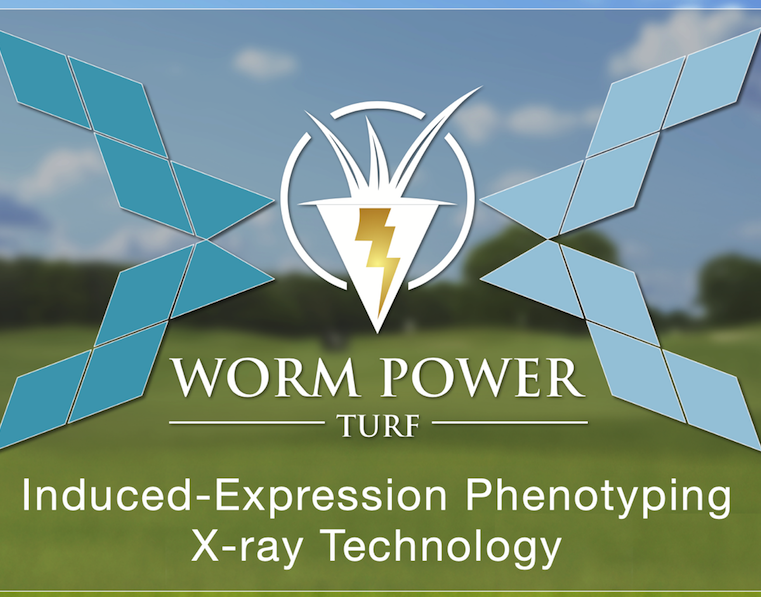Aqua-Aid Solutions announced results of a turfgrass industry research collaboration with University of Tennessee and Phenotype Screen Corporation (PSC) into Worm
Power Turf. The collaboration, utilizing X-ray technology, evaluated the exposure of Poa annua to Worm Power Turf.
“It was important for us to obtain an acknowledged research project to back up the success our end users are seeing around the world with Worm Power Turf,” said Sam Green, president, Aqua-Aid Solutions. “We had an abundance of research on the Worm Power Turf itself, identifying the contents in the product, verifying the counts and the concentrations of the biology; however, we wanted a way to have solid data on the function of the product as it pertains to increasing the root mass of a plant. Dr. [James] Brosnan [professor, University of Tennessee] helped to guide and execute a new innovative method of evaluating roots that took out the many variables that normally exist in current root analysis methods within research and academia. We are extremely happy to have partnered with this groundbreaking technology. It further proves that Worm Power Turf is the leader in providing active biology to the soil in turf markets around the world.”
The collaboration with University of Tennessee and Phenotype Screening Corporation (PSC) provided a new way to evaluate rooting through the use of PSC’s induced-expression phenotyping. PSC pioneered the comparative study of how agricultural products affect plant development utilizing X-ray technology. Utilizing advance X-ray technology the turfgrass industry has a precise look into Worm Power Turf’s effect on Poa annua root area, total root length, and root distribution by depth.
“I have seen the root photos on social media, now Phenotype Screen Corporation’s software technology allowed us to put real numbers on length of roots, area of roots, diameter of roots of Poa annua exposed to Worm Power Turf. Worm Power Turf showed an increase over the control in almost every inch in the profile,” said Brosnan.
You can review the collaborative research HERE


